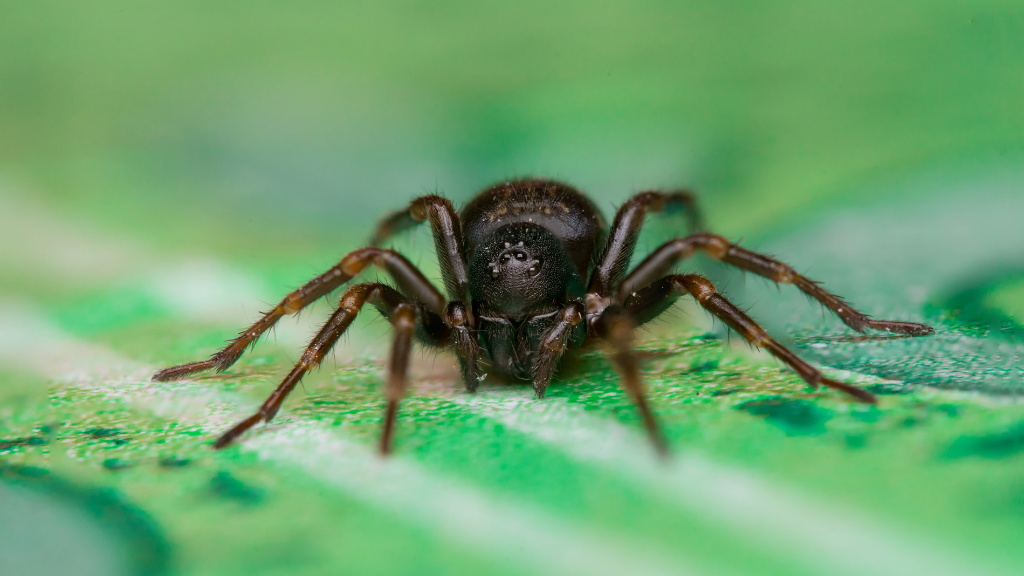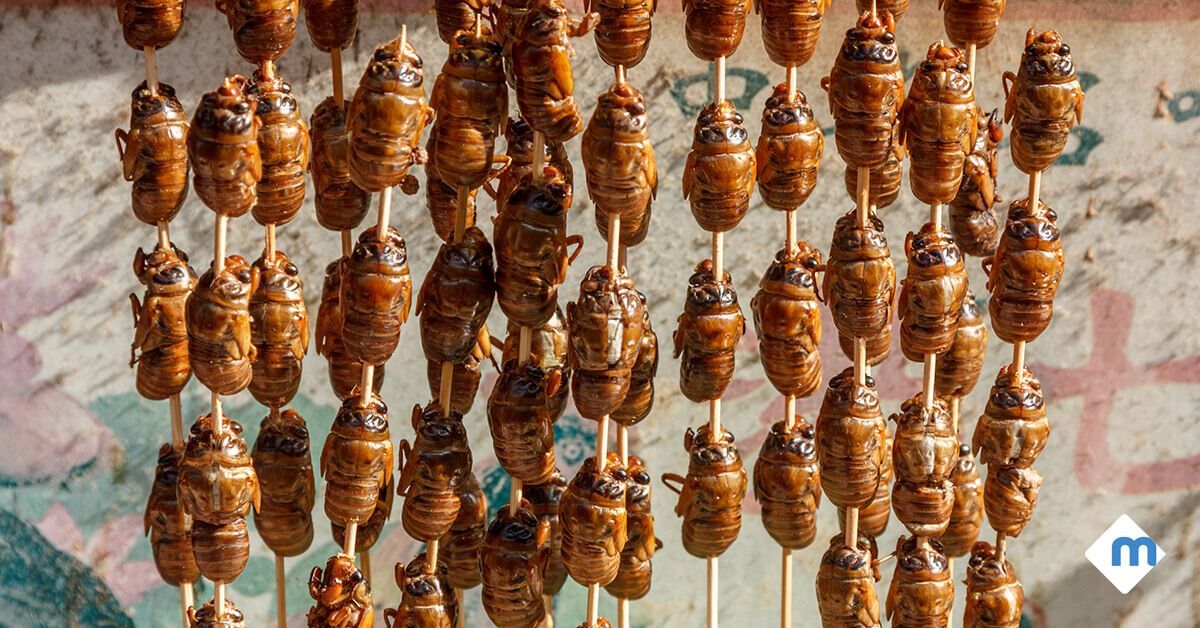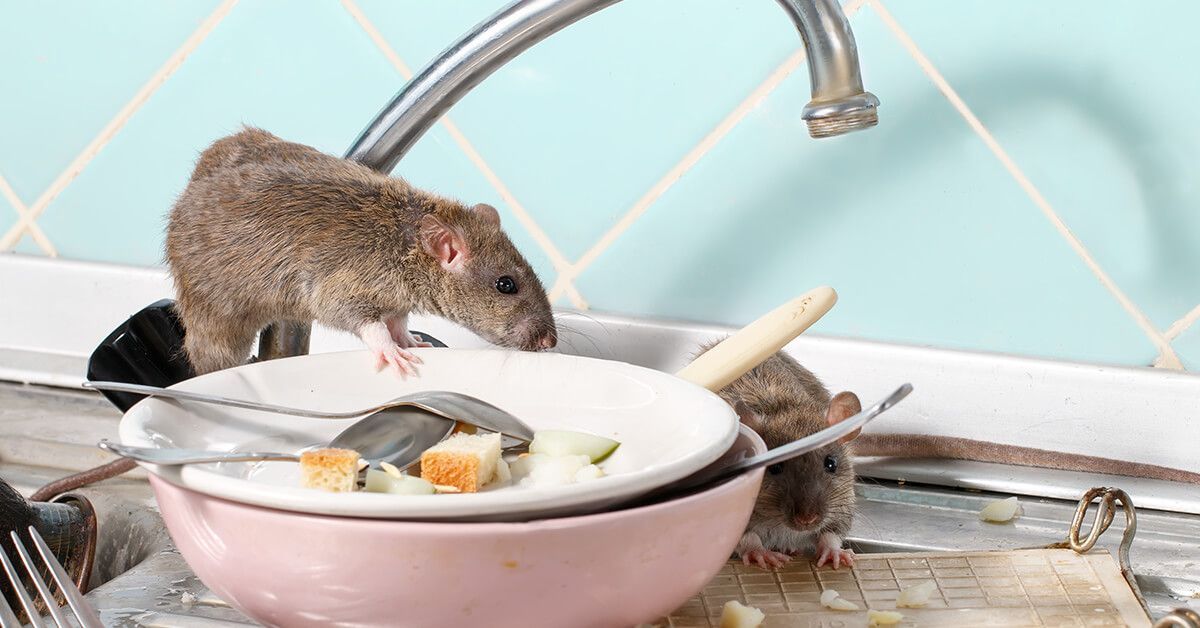The black house spider (Badumna insignis) is a common arachnid species found in urban and suburban areas across Australia. Known for its distinctive black coloration and robust build, this spider often takes up residence in human-made structures such as houses, sheds, and garden areas. However, it's worth noting that there is also a species commonly referred to as the American black house spider (Achaearanea tepidariorum) found in the United States, which shares some similarities in habitat and behavior.
While the Australian black house spider primarily inhabits regions of Australia, the American black house spider can be found in various parts of the United States and Canada. Like its Australian counterpart, the American black house spider prefers dark, sheltered environments such as basements, attics, crawl spaces, and outdoor structures. Both species thrive in urban and suburban settings where they have easy access to prey and suitable nesting sites.

As the name suggests, black house spiders are generally black and can be found inside residential dwellings. Black house spiders have rectangular heads and faint gray stripes and spots on their back (though these markings are sometimes not visible). Black house spiders grow to be about 18 mm long (¾ inch). The male blackhouse spider is a bit smaller than the female.
Both the Australian and American black house spiders exhibit similar nocturnal hunting behavior, preying on insects such as flies, mosquitoes, beetles, and other small arthropods. They construct irregular webs in secluded corners or crevices where they await unsuspecting prey. While they are generally solitary creatures, black house spiders may occasionally cohabitate with other spiders, particularly during mating or when prey availability is high.
Identifying black house spiders is relatively straightforward due to their distinct appearance. These spiders typically have a glossy black body with a bulbous abdomen and long, spindly legs. Adult females are larger than males, reaching sizes of up to 1 centimeter in body length. Their webs are irregular in shape, often constructed in secluded corners or crevices where they await unsuspecting prey. The black house spider size typically ranges from 1 to 3 cm in length, with females being larger than males.
BLACK HOUSE SPIDER VS. GREY HOUSE SPIDER
The gray house spider is a close relative of the black house spider that can sometimes be confused for one another. Although also native to Australia, this species can be found today in the United States, Mexico, Japan, and Uruguay. In the U.S., gray house spiders are more often found in nature than in homes and prefer temperate climates.
Like the name implies, grey house spiders are typically light grey in color and smaller than black house spiders by a few millimeters.
BLACK HOUSE SPIDER VS. BLACK WIDOW SPIDER
Black house spiders should not be confused with black widows as they have several differing features. For example, black house spiders have velvety hairs along their backs, while the black widow’s back is bulbous, hairless, and shiny. Additionally, the black house spider’s underbelly is plain, while black widows have a distinct red hourglass shape on their bellies.
Black house spiders prey on insects like butterflies, beetles, bees, and ants. To attract their prey, blackhouse spiders often build webs in tree holes or broken bark. Unsuspecting insects gather in those areas to feed on sap and get caught in blackhouse spiderwebs.
The black house spider primarily lives in Australia but has been found in New Zealand and Japan as well. Outside, these spiders often live on rough-bark trees, rocks, and logs and build lacy webs with a circular opening that leads into their hiding spot.
Indoors, the black house spider builds its webs along cracks in walls or windows. They’re often called window spiders for this reason.
Like most spiders, the black house spider is venomous but prefers to remain aloof, away from humans. However, if the black house spider feels threatened, it can deliver a very painful bite when disturbed. Its venom causes a reaction on the skin but doesn’t typically lead to serious symptoms.
If you are bitten by a black house spider, be sure to clean the affected area and apply a cold compress to help with swelling. You may want to take pain medication or an antihistamine as well to reduce redness and discomfort. Be sure to monitor the bite, and watch for signs of infection like red streaks, warmth, or pus at the site of the wound.
To deter blackhouse spiders from entering your home, practice good sanitation habits, seal cracks and openings, and reduce clutter in storage areas. Regularly inspect and clean outdoor structures to minimize potential hiding spots for spiders. If spider populations become problematic, consider seeking professional pest control services for safe and effective management.
Like any
venomous bite, there is also a chance of an allergic reaction. If you experience an allergic reaction to black house spider venom, seek medical attention immediately. Watch for signs of anaphylaxis like tightness in the throat, facial swelling, and trouble breathing. In conclusion, both the Australian and American black house spiders are fascinating and beneficial arachnid species that play vital roles in ecosystem balance. By understanding their habitat, behavior, and identification characteristics, we can coexist peacefully with these creatures and appreciate their contributions to the natural world.
For help controlling spiders throughout your house and yard, contact the professionals at Joshua’s Pest Control. Our friendly experts can assist with pet- and family-friendly treatments that can help you reclaim your home. Contact the Local Exterminator today to schedule your first treatment.




